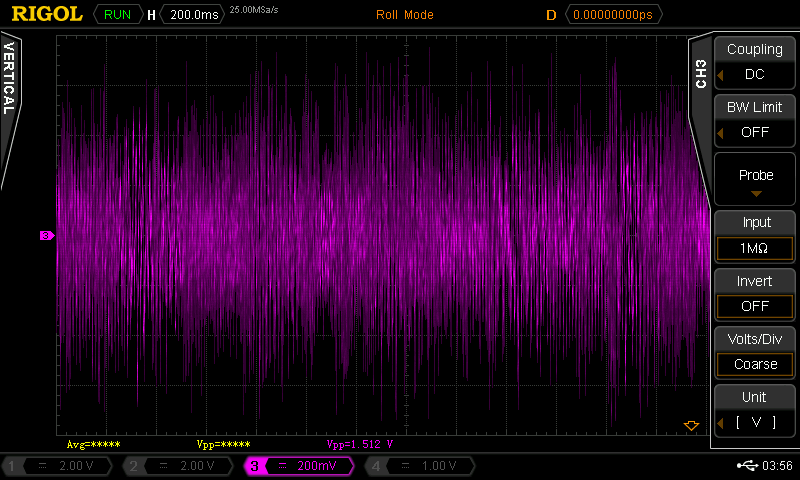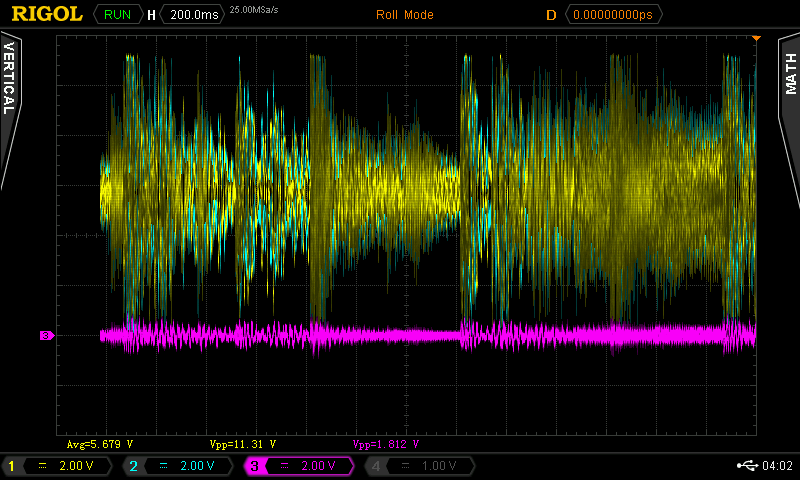Jennifer In Control
User Tools
Sidebar
This is an old revision of the document!
Audio output behaves like a non-ideal voltage source. If the 3.5mm jack/plug has a light load across its terminals (e.g. air or an oscilloscope probe – things with a high resistance/impedance) then you get wiggles of up to ~1V in amplitude at full volume. If the 3.5mm jack/plug has a slightly heavier load (e.g. headphones) then the voltage decreases a bit, and if it has a very heavy load (e.g. huge speakers without an amplifier or a piece of tinfoil across the 3.5mm plug) then the voltage vanishes.
We can't drive an estim circuit directly from audio output – it can barely reach 1V at max volume let alone 100V+ – but can we use audio output to drive an off-the-shelf amplifier which in turn drives an estim? Otherwise, what is the simplest circuit that we can build to switch the output of an estim from audio output?
The ability of a voltage source to handle heavy loads is quantified using “output impedance.” Loads are “heavy” in inverse proportion to their impedance – the 10000000Ω probes of an oscilloscope are very light loads while 8Ω speakers are comparatively quite heavy. The output impedance of a voltage source is the load that will cause its voltage to droop to half of its unloaded value. In order to calculate the output impedance of several common devices, we feed audio into an oscilloscope and alternate between a 1000000Ω load (light) and a 50Ω load (moderately heavy). The output impedance is then Rout=(Vlight/Vheavy)-50Ω.



